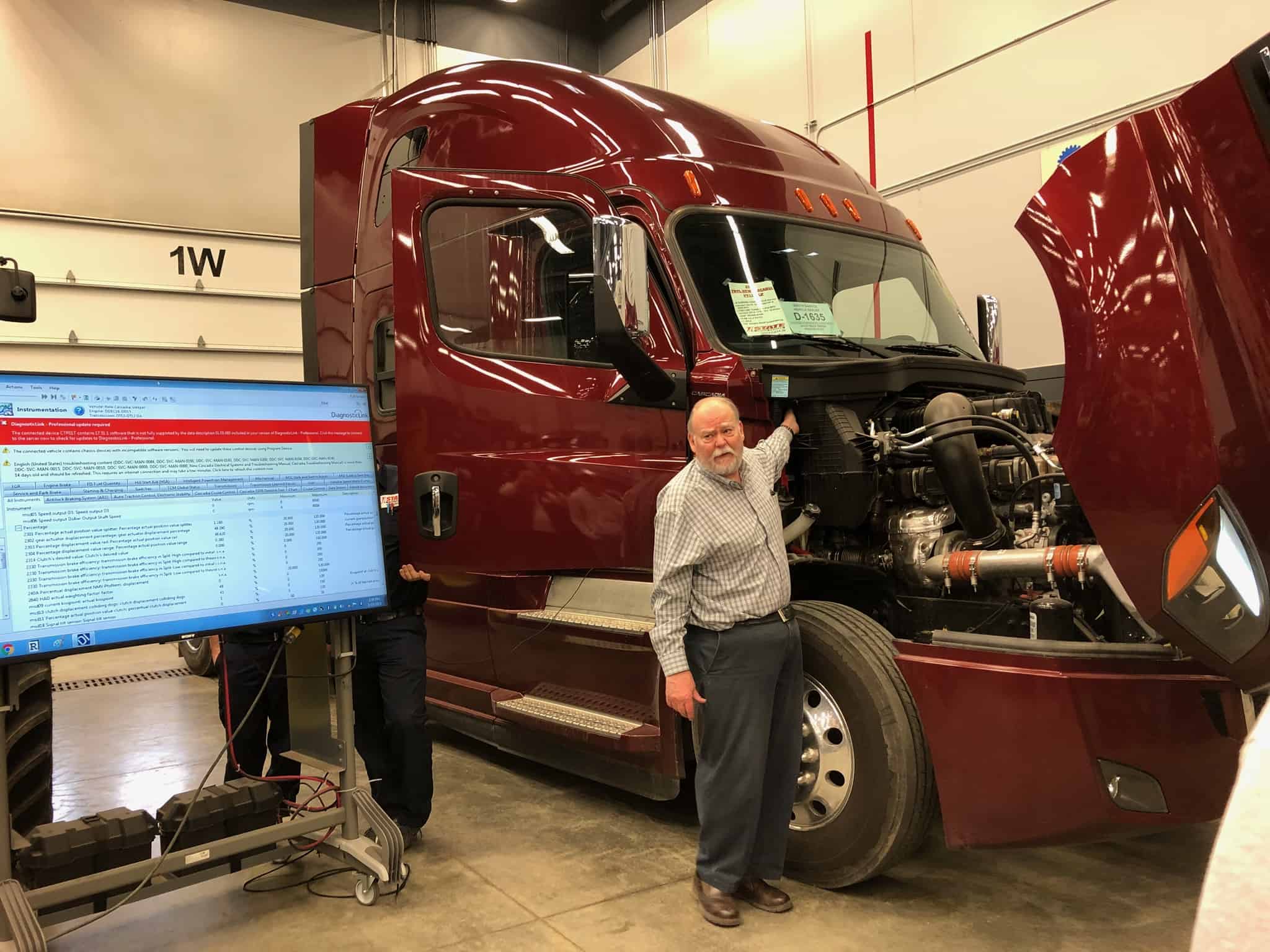Understanding data lines (Part I)
By Larry Turay
Data lines and multiplexing have been with us in the heavy-duty world since 1990. The increased use of ABS, electronic ICUs, and automated transmissions to name a few, led the way that made the use of electronic control necessary for proper operation. Increased government regulations and tighter emission controls have led to updates and ongoing changes. Mainly with the introduction of emission controls; EGR, Aftertreatment, DEF and generic engine DTCs. A quick refresher on what multiplexing and data management is in order.

Multiplexing is the combining of multiple signal outputs and switch or sensor inputs on a common circuit in order to reduce wiring complexity. Other advantages include automatic configuration of the vehicle for driving conditions, improved troubleshooting, customized parameters and configuration. heavy duty applications will use various data lines including J1708/J1587, J1939, and CAN that depend on multiplexing to operate.
Beginning with electronic engine controls introduced in 1990, the J1708/J1587 data line was used to communicate with the engine controls. Its purpose was primarily to convey fault codes and instrumentation. J1708 was the hardware standard for wire size, diagnostic connector, bus configuration, and so forth. J1587 was the communication standard, 8 bits per byte, 9.6 kbps, and a standardized language format. It is a bus style datalink using junction blocks. The J1708 datalink is identified by its green and orange twisted pair wiring. It runs at a slow rate of 9.6 bps, which was sufficient for its original purpose; transmit fault codes to a common connector to diagnostic tools. However, it soon became overburdened by its communication load. It was replaced for a short time by the J1922 datalink until the J1939 datalink was developed to support the increased datalink speeds. It continued to be on vehicles until 2016. (Read More)
